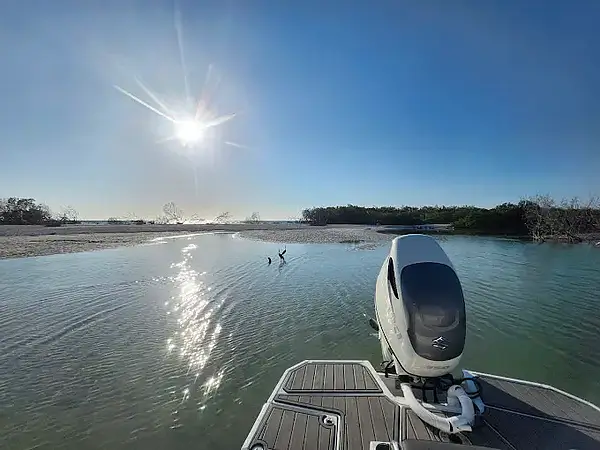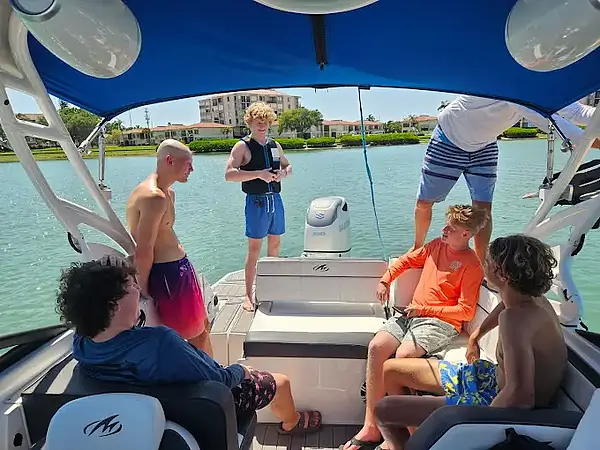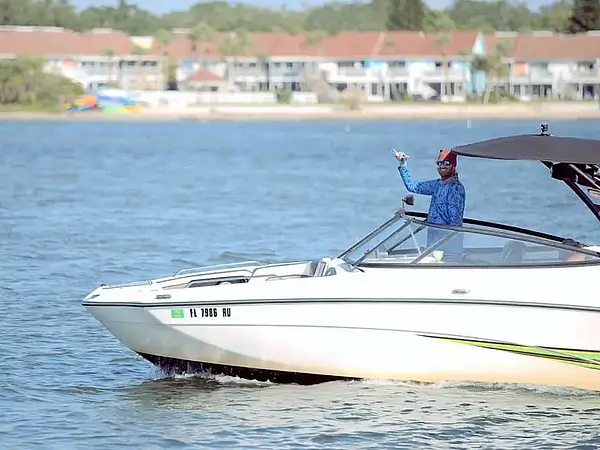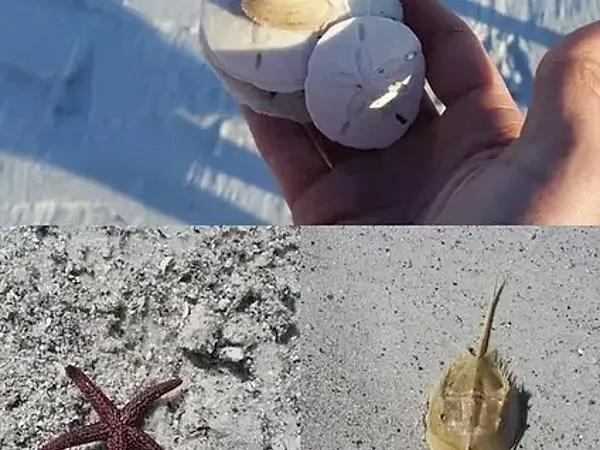Dolphin Watching Tips from Seminole Locals
Dolphins show up in Seminole for a reason. Locals don’t guess or hope. They know the spots, the timing, and the signs. You want to see wild dolphins? Pay attention to what actually works, not what you hear from tourists or online lists. The difference is in the details.
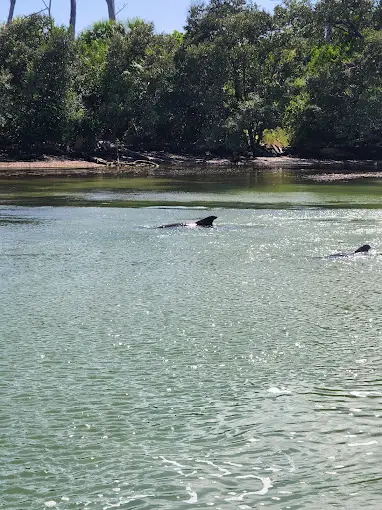
Best Times to Spot Dolphins
Timing isn’t a guess. Dolphins in Seminole stick to a pattern. Miss it, and you’ll stare at empty water. Hit it, and you’ll see the action up close. Here’s what works:
- Early mornings, between 6 and 9am. Dolphins hunt hard at sunrise. Fish bunch up, and dolphins move in fast.
- Late afternoons, from 3 to 6pm. The second feeding window. Shadows stretch, water cools, and dolphins get active again.
- Incoming tides. Baitfish ride the current, dolphins follow. The water churns with life, and dolphins take advantage.
- Flat seas. Wind dies down, the surface smooths out, and dorsal fins break the glassy water. Choppy days scatter the pods and make spotting tough.
- Clear skies. Sunlight cuts through the water, making it easier to see dolphins below the surface before they break through.
Locals plan dolphin watching excursions around these windows. They don’t waste time in the middle of the day or when the wind’s up. The right timing stacks the odds in your favor. If you join one of our dolphin tours, you’ll notice we always schedule outings to match these prime windows for the best chance at close encounters.
Where Dolphins Gather
Dolphins don’t wander aimlessly. They stick to productive water. In Seminole, that means deep channels, the edges of sandbars, and the mouths of passes. Egmont Key draws them in. Strong currents, plenty of fish, and room to move. The coastal waterways around Seminole hold pods, especially where the bottom drops off and baitfish school up.
Watch for dolphins riding boat wakes. They love the push and will follow a steady boat for miles, leaping and playing in the turbulence. Sunset brings them into the shallows. During sunset cruises, dolphins often hunt close to shore, working as a team to corral fish. Shell Key’s sheltered bays and narrow passes are prime territory. In the morning, dolphins herd fish into tight balls, then take turns darting through the school. The action is fast, and the water boils with movement.
- Egmont Key: Deep water, strong current, plenty of fish.
- Shell Key: Sheltered, shallow, perfect for morning hunts.
- Coastal channels: Dolphins cruise these lanes, especially on a rising tide.
Locals don’t chase every splash. They watch the birds, scan the water for bait, and look for patterns. Dolphins show up where the food is concentrated, not where the scenery looks best. On our guided trips, we use these same local strategies to quietly approach the best spots without disturbing the pods.
Listening for Dolphins
Most people look for dolphins. Locals listen. The “whoosh” of a dolphin surfacing cuts through the quiet. It’s sharp, unmistakable, and often comes before you see a fin. On calm days, you’ll hear it from a surprising distance. When you’re close, the sound is quick and forceful. Air and water mix as the dolphin exhales.
Underwater, the story changes. During snorkeling adventures, you might catch the rapid-fire clicks and high-pitched whistles dolphins use to communicate. These sounds bounce off the hull, echo through the water, and sometimes reach the surface. When you hear them, dolphins are close. Stay alert and keep your eyes on the water. We encourage guests on our snorkeling tours to listen for these sounds, as they’re often the first sign dolphins are nearby.
Getting the Best Photos
Great dolphin photos don’t happen by accident. The best shots come from preparation and quick reflexes. Keep your camera ready. Lens cap off, settings dialed in, and a fast shutter speed locked. Dolphins move fast. By the time you fumble with your camera, the moment’s gone.
Watch for birds diving. Where birds feed, dolphins often follow. The commotion draws them in, and you’ll see fins slicing through the same patch of water. Position matters. Experienced guides know how to angle the boat for the best light and the cleanest backgrounds. They don’t crowd the dolphins or chase them down. Instead, they anticipate the pod’s path and let the dolphins come to them. At Allen's Aquatic Adventures, we take satisfaction in helping guests get those perfect shots by positioning our boat with care and patience.
- Use a fast shutter speed. 1/1000 or higher. Dolphins break the surface quickly.
- Keep both eyes open. One on the viewfinder, one on the water.
- Don’t zoom in too tight. Leave room for the unexpected leap or tail slap.
- Be patient. The best moments come when you’re ready, not when you’re distracted.
Locals don’t waste time with endless adjustments. They set up, stay alert, and shoot when the action happens.
What Locals Never Do
- They don’t chase dolphins. It stresses the pod and ruins the experience for everyone.
- They never feed dolphins. It changes their behavior and draws them too close to boats.
- They avoid loud music and sudden movements. Dolphins pick up on noise and will move away from commotion.
- They respect distance. Getting too close can split the pod or push dolphins into shallow water where they don’t want to be.
Respect for the animals keeps the encounters natural and memorable. Locals know that patience and observation always beat chasing and noise.
Ready for Your Seminole Dolphin Trip?
Call Allen's Aquatic Adventures at 727-709-0088 or contact us to schedule your unforgettable dolphin watching experience.
‹ Back



